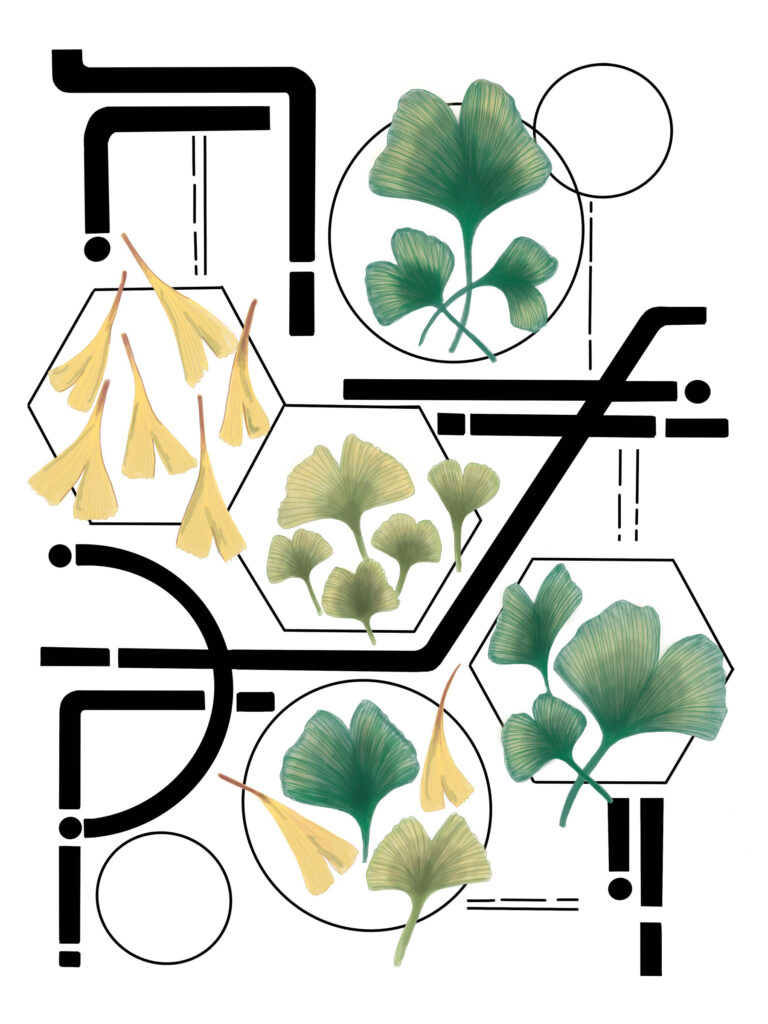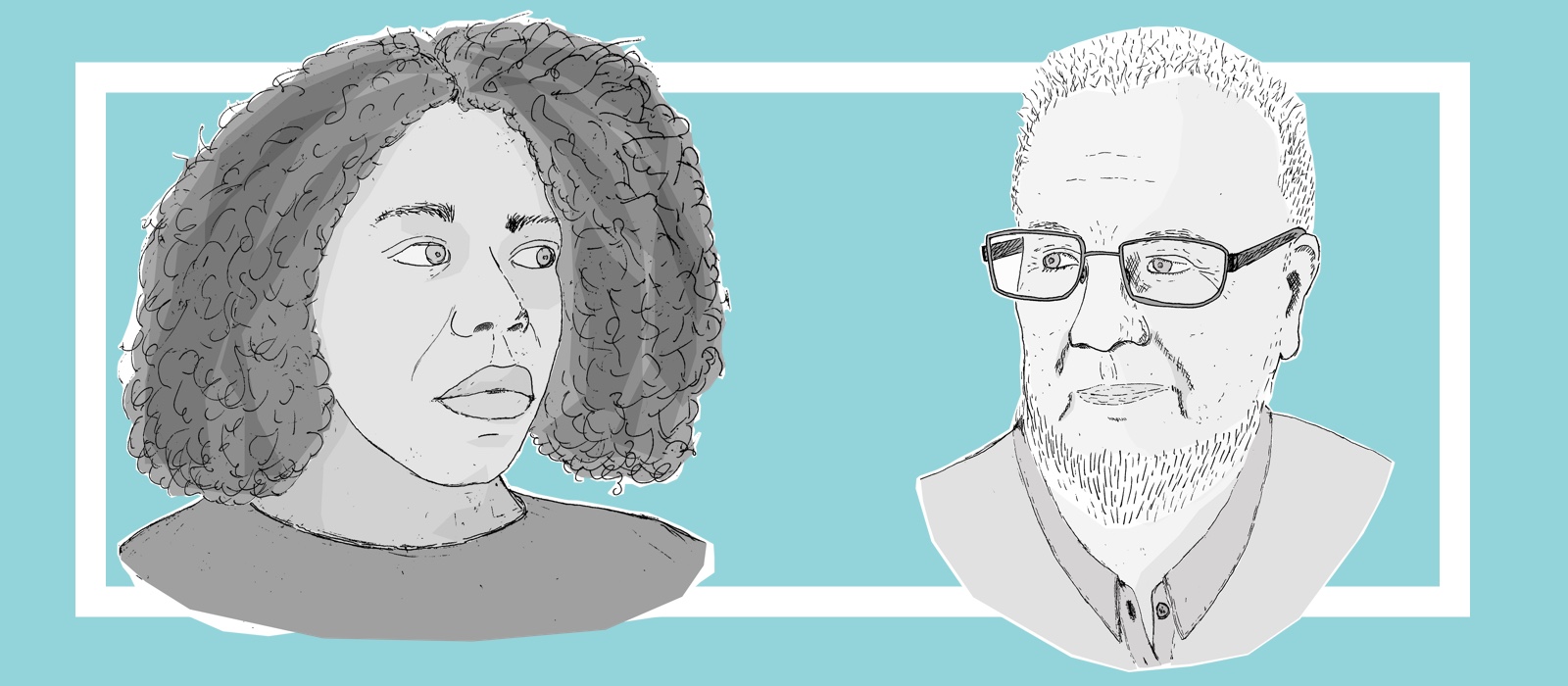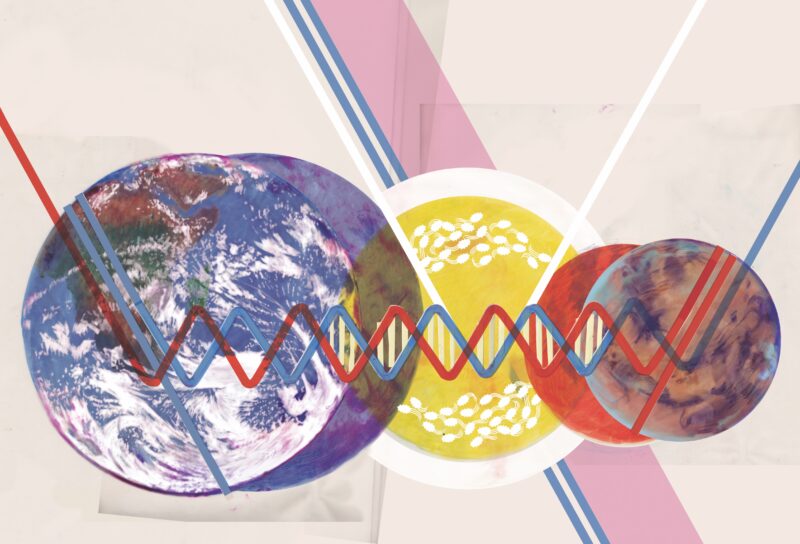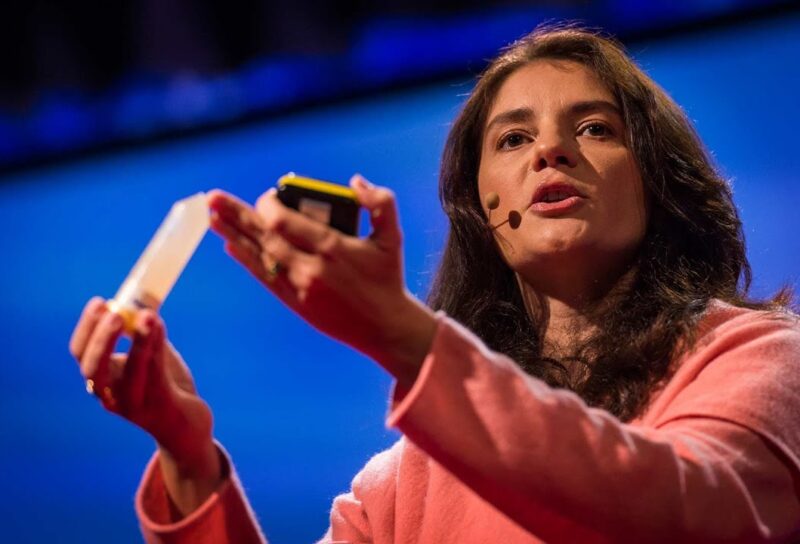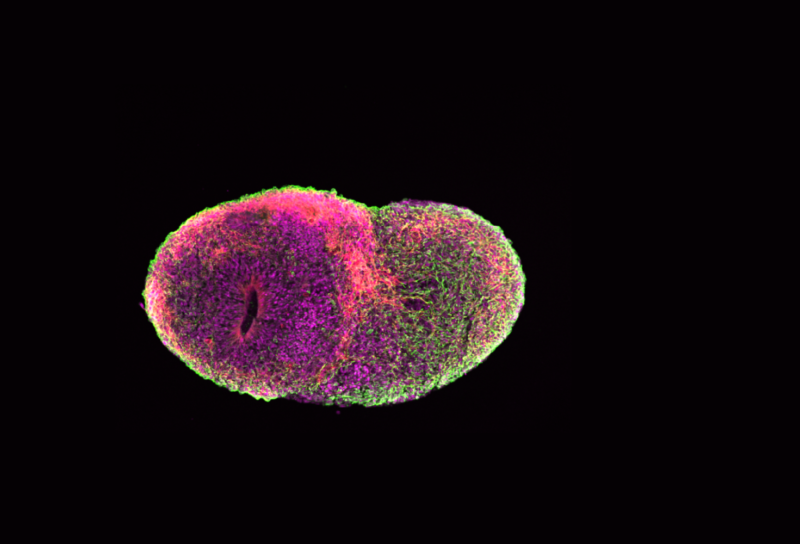It’s been said that if you ask five people for a definition of synthetic biology, you’ll get six answers. Synthetic biologists rely on metaphors and stories about the past and future to explain the particular blend of biology and engineering that makes up their field. In this conversation, Tom Knight, an early pioneer of synthetic biology, meets Sarah Richardson, the self-proclaimed “germ wrangler”, to discuss what engineers need, what microbes want, and how to move the needle for synthetic biology.
The two of you came to biology in very different ways, and, perhaps as a result of those approaches, have arrived at divergent views of what synthetic biology can and should do. I know both your stories are fascinating in their own way, so let’s start with that: how did you get to where you are today?
TOM: In high school, I discovered computers and artificial intelligence, and it changed my life. This was in 1965 when there were only about five places in the country that had significant computers. Fortunately, one of those places was MIT, and I was a local boy, so I could get there pretty easily. I basically stuck around for the next 35 or 40 years. Got all my degrees at MIT, joined the faculty, cranked along in the computer science and computer architecture world. It wasn’t until about 1990 or so that I realized that the end game was in sight for computers: they’re not going to continue to get faster. You just couldn’t really put atoms precisely where you wanted them on silicon. The only people who know how to do that are chemists.
I took an interest in biochemistry. As an engineer, I thought of biology as this horribly complicated subject. That changed once I started reading about a few simple biological systems, particularly the mycoplasmas. I came across an article by someone called Harold Morowitz, a Yale physicist, who was funded by NASA in the early ‘60s to start looking at extraterrestrial life. He started looking for the simplest biological systems out there. I stumbled across a proposal he had written in about 1982, which carried the modest title A proposal for a complete understanding of life. “Now,” I said, “I could get on board with that.” No bacterium had ever been sequenced at that point. Morowitz argued that this possibility was in striking distance. He said we could sequence all these simple microbes. We could dig into each cell, measure the proteins, and do a detailed analysis of exactly what’s going on inside. As an engineer, this made a great deal of sense to me.

But how could I understand it in depth? Since I was already at MIT, I just started showing up at biology classes. I made a pest of myself for the next five or six years. I bought every book in existence on simple biology. Eventually, I did a study for DARPA in 1996 on cellular computing. The basic focus was that we could soon be engineering genomes to do things that we cared about. We could make new materials, build better computers, optimize environmental cleanups. They liked it well enough to fund the development of a microbiology lab in the computer science department at MIT. That was a lot of fun.
The people I hired were all computer scientists and electrical engineers. They were as clueless as I was. We obviously made a huge number of mistakes. One of the things that came out of my early experiences with that was a real frustration for the way in which experiments in microbiology were being done. The thing that frustrated me particularly was every aspect of cloning, which struck me as utterly crazy. As an engineer, I’m used to abiding by a set of standards, meaning you shouldn’t have to rethink the basic chemistry every time that you’re making your construct.
What came out of that time was the BioBrick standard. While there are a lot of things I would do differently now, it remains a completely reliable way of combining pieces of DNA and getting them to work essentially the first time and without thought. If I follow the proposed set steps, it is going to work every time. It opened up the possibility of essentially a toolkit of DNA pieces that could be assembled easily. I’ve been pushing the understanding of mycoplasmas ever since.
SARAH: I don’t know if you remember, Tom, but we met in person about four years ago when I visited Ginkgo. You took me out to lunch, and I realized our philosophies of biology were quite different.
I started along this path in high school, and that made it hard for me to leave. I did my PhD at Johns Hopkins School of Medicine in human genetics and molecular biology, worked on the synthetic yeast project there, and did a lot of the software and algorithm design to build computer-assisted design tools for synthetic biology. That’s where I got pretty disillusioned. I didn’t see the point in beating up on an organism that has been really domesticated to the point of uselessness, beyond anything but making alcohol. I just couldn’t see how anything I was doing was going to move the needle.
When I started my postdoc at Lawrence Berkeley National Laboratory, which is one of the Department of Energy’s biggest investments in biological research, I insisted that I didn’t want to work with yeast or E. coli. Instead, I wanted to build large scale open infrastructure for engineering biology beyond those model organisms, so I could unlock any organism, and anyone could use it. I got a lot of pushback. They would say: 1. No one can do it, 2. anyone can do it, and 3, it’s not necessary. Eventually, I left my postdoc and got funding from the Department of Energy, half a million dollars to start a company. The tagline is, “Bespoke bacteria for biomanufacturing,” which is exactly what I wanted to do. No more E. coli, no yeast, and no transkingdom homologous expression. Still I was heartbroken, because now when I unlock bacteria, I have to lock them back up again behind me. I teach them to speak German and then I adopt them out to English-speaking customers.
As an engineer, I’m used to abiding by a set of standards, meaning you shouldn’t have to rethink the basic chemistry every time that you’re making your construct.
TOM KNIGHT
People will come to us and ask us if we’ll put plant genes, and fungal genes, and human genes into a microbe. The answer is always no. If we haven’t seen a bacteria do it, we will not promise that any bacteria can do it at scale for profit. We just can’t deliver that promise. We say, “If you can’t grow it, we can grow it. If you can’t edit it, we can edit it and we can adopt it back out to you after it’s been trained up.”
After two years incubating in the Department of Energy, I was able to raise a $3 million seed round where I paired a biotech VC with an impact funder that only invests in companies they think can have over a gigaton impact on carbon emissions. Having both sides fight it out on the board helps keep us honest, because my goal is to actually move the needle. I’ve never felt that synthetic biology, as it’s been presented to me in my training, in the media, and at conferences, has really delivered on that promise of moving the needle. I had to find new vocabularies, new ways of explaining it, and sometimes “old” technologies to try and do it.
So how do you actually move the needle? What has to happen, intellectually, technologically, to move the whole discipline forward?
TOM: The paths forward has to be, I think, a really complete understanding of what’s going on.
SARAH: I think that for us to be able to move the needle, to solve challenges at scale with biology, we actually don’t have to understand almost anything. The goal I have set for our company is not to understand how or why the biology works, but to accept that it works, what it works for, and to not be looking to change that function, but instead to find complementary goals. That’s why we frame what we do as domestication as opposed to creation, design, engineering, anything. I want to embrace each organism’s complexity. The ancient bioengineers didn’t go, “I’m going to change everything about you.” They went, “I like what you’re doing and I want you to keep doing it with me.”
TOM: Almost everything that Ginkgo is doing at the moment falls squarely into the category you’re describing. It isn’t based yet on what I think of as a deep understanding of what’s happening in the organisms. I think that’s a very reasonable, practical approach for the next probably 15 or 20 years. If my job was only to go and make things work, that’s what I would do. The question is, what happens when you try to move to the next level, when you try to really understand what’s happening, when you try to create something where nature does not provide any guidelines.
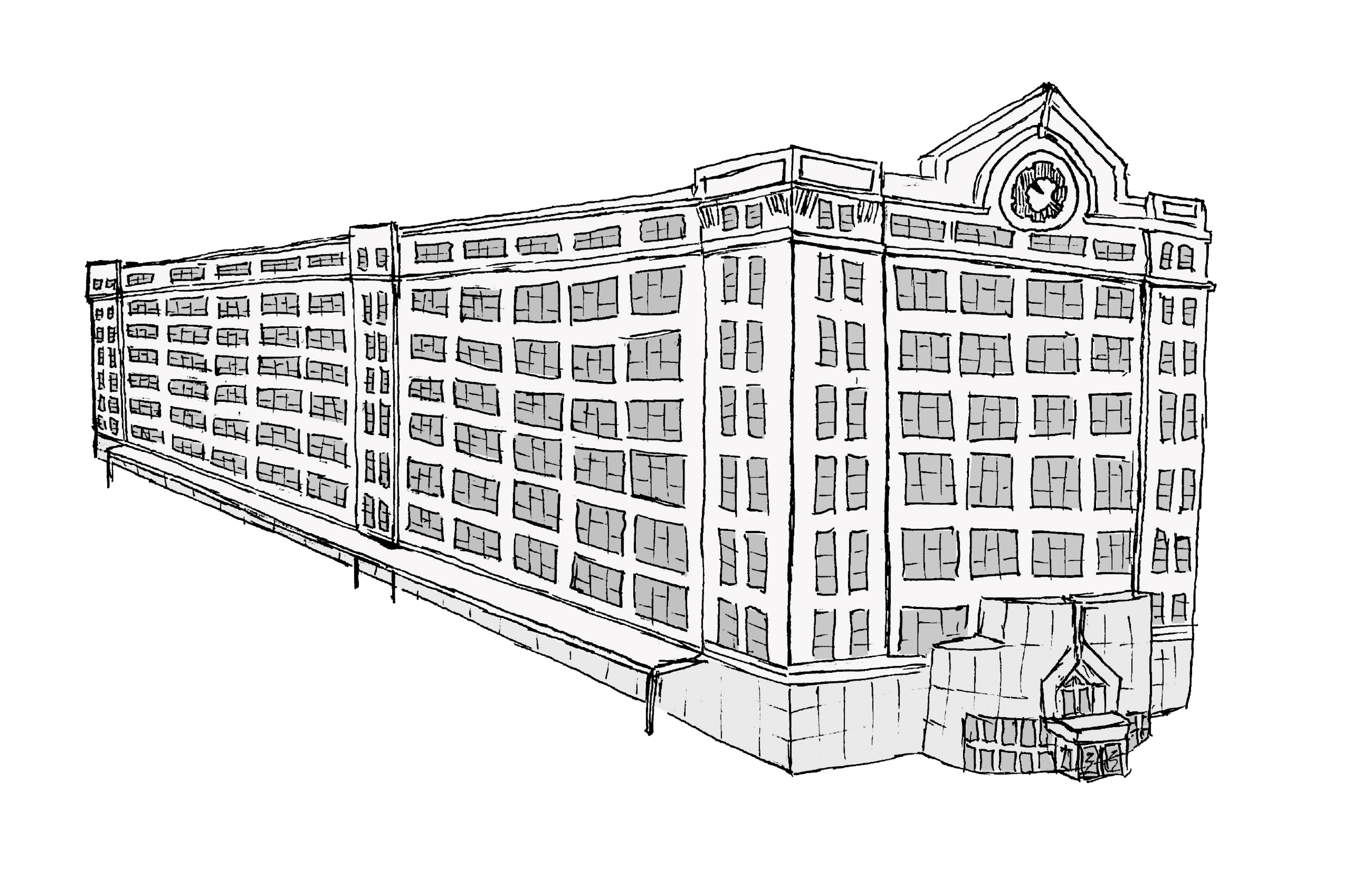
SARAH: I would say we shouldn’t do it. Even in 50 years, I don’t see us having enough understanding of how to compose biological systems to do stuff that we haven’t observed in nature. I tell customers this all the time: biology is not going to be the solution to this problem in the near term. I don’t see biology being the catchall that they’re looking for.
The strength of biology is — to bring in a computer for analogy — it’s a massively parallel processor that tries many things and then focuses on the most rewarding path. That is its strength. We still struggle to get computers to learn to pick the path. Biology does that already. I want to be a farmer, a herder. I don’t want to be a roboticist. I don’t want to be a Frankenstein. I want to see where it thrives. I see my job as motivating cells or figuring out what motivates them and then maintaining that.
There’s a whole set of things that we’d like to be able to do with biology that nature doesn’t really do. What about, say, the plastic pollution problem? What about degrading some of the microplastics that we see in the ocean? I would love to be able to get them to do that. Question is: what is their motivation? How am I going to get them to see it as a life and death issue where it’s in their interest to take on plastic? I believe in millions of years, if we filled up the ocean with enough plastics, there will be enough of it where evolution will say, yeah, if you can start metabolizing this, you will have a niche to thrive in and that’s a reason to do it.
Right now, as far as bacteria is concerned, plastic is too sparse, too hard, too toxic. There’s much easier stuff to do. I want to get there. I think it’s something we could approach. I know people are working on getting the microbes to either make or break the plastic. It’s so hard because the microbes don’t care. They don’t want to do it. I have not been able to figure out how we make them care about that.
TOM: To me, it’s a fairly straightforward path. You could probably create a pathway, which may not be a natural pathway, but allows the organism to do minimal metabolism and breakdown of those plastics. You put that into the organism and then you start removing the things that it would normally rely on as a food source. Basically, hamper the organism enough so that it has no choice but to make use of those breakdown products.
SARAH: They always have a choice.
TOM: Not really.
SARAH: My approach is to get close to the bacteria that are already as close as possible to thinking a plastic is something maybe remotely tasty, and to get as far away from the bacteria that are really married to sugar and biomass as we think of it. It’s going to be a long, complex process.
TOM: I guess I’m more optimistic than you. I think that that is something that we could do. One of the things that concerns me a bit is be careful what you wish for. There’s some reason to believe that there could be issues with microbes that are good at breaking down plastics. When you want to grow it in your petri dish and the petri dish dissolves, you have a problem.
SARAH: There’s a lot of built-in bias about how we interact with microbes, or what they can do, and how they are treated, that I think can also limit us. I don’t really want to understand the metabolism of the cells as much as I want to understand how I can communicate with them well enough to assist them with that. I have to know how to talk to them. That’s why they call me the germ wrangler. I get my message in. I whisper to them. I make them offers they can’t refuse or if they do refuse, I go, “I guess you didn’t want to be in my mafia. It’s cool. No hard feelings.” What I don’t spend a lot of time doing is going, “Okay, we have to….” I don’t care how they do it. I have a bunch of guesses as to how I can help them do it. If they don’t work, I move on.
There’s a lot of built-in bias about how we interact with microbes, or what they can do, and how they are treated, that I think can also limit us.
SARAH RICHARDSON
TOM: I think the diversity of projects that are on the table for biology is almost limitless. I find it actually quite difficult to really hone in on a few that I think would be the major things that excite me. I that it’s about time that we create some bacteria that are really good at degrading lignin. Also, we are hip-deep in paper waste. Why isn’t there a really good program to degrade cellulose?
SARAH: I said to someone the other day, “In terms of supercomputing, biology is where physics was 50 years ago. We cannot model things. If you’re modeling something and you think it’s biology, it’s probably chemistry.” We just don’t have enough data to model biology. I want to get to the point where we can model biology just as well as the physicists can model like a two-body, three-body problem. It’s hard, but they’re talking about doing it. We’re not talking about doing anything like that in biology.
TOM: I’d like to go back to your discussion about what it takes to really bring one of your favorite organisms into the world. We have a name for what that involves here at Ginkgo, we call it onboarding, taking an organism which we know nothing about and getting to the place where we can understand crudely how it works, how to transform it, how to grow it, how to preserve it if you need to preserve it over a long periods of time. How do you go about that? What is your intellectual approach?
SARAH: I usually tell students to think like a cell, but now I find myself thinking like a phage. From the bacteria’s perspective, there’s not a lot of difference between me and a phage. We think of that onboarding process as domestication. We want to make a really clear analogy about going from independent living to collaborative living. We call it chewing cuds. We want all of our bacteria to chew their cuds. We’re obsessed with cows. I should clarify: I’m obsessed with cows. They are the best bioreactors on the planet.
I thought it would be interesting to talk about metaphors that you use. I know that computer metaphors, particularly programming metaphors, are used a lot for biology. This obviously connects to our definition of synthetic biology. What do you think of these metaphors and definitions, and do you think they impact the work itself?
TOM: A lot of people have been obsessed with the idea of defining synthetic biology. Frankly, I cannot get excited about it at all. It seems to me that from my perspective, the thing that happened and the thing that continues to happen and which I think is very good is that there’s this collision happening between the discipline of engineering and the discipline of biology. Whatever flows out of that, I think, has started to be named Synthetic Biology. We can argue about what all the different pieces of that are.
SARAH: When I think about defining synthetic biology, I rely on analogies. I use analogies a lot. I was trained by the Department of Energy to speak multiple languages — code-switching. They really encouraged in me to be able to bridge disciplines — computer science, math, medicine — because when you’re using the same words to mean different things, it’s a missed chance for us to get the energy in line. For me, synthetic biology as a term has been somewhat exclusionary.
The way I try to explain it to some of the public is I’m afraid that we don’t appreciate the engineering that went on before in biology. The important one, to me, is domestication. It’s no accident that we have almonds, and corn, and strawberries, and cows. That was deliberate engineering. Even today rose enthusiasts are engineering new strains of roses, not to mention dog breeders and cat breeders. I want them to be considered bioengineers. I want what they do to be considered the synthesis of engineering and biology. That’s my first little beef with the way it’s sometimes presented.
Programming analogies have been a great way to bring in a lot of enthusiasm from people who felt that there was no space in biology for them before. We haven’t, I think, always done a good job of showing our trainees the limits of that particular analogy as they become more expert. I don’t find it useful at all for speaking to the public. In fact, it can be a very hard analogy for the public to get back out of. There’s a lot of fear tied up in that illusion of control. We control computers. They do exactly what we tell them to. The public has a clear sense of biology not necessarily being controllable. You bring fish from Asia and put them in algae ponds and now they’re in the Great Lakes. There was no control involved there.
I think the fact that we have trained our trainees in that analogy is a big part of why so many people get stuck in cloning hell. It doesn’t really occur to them that they’re not in control and they suffer for it. I prefer domestication as an analogy because it implies that the animal has an opinion. If you think that the bacteria doesn’t have an opinion, you might spend two years trying to get it to run a circuit. It’s never going to run.
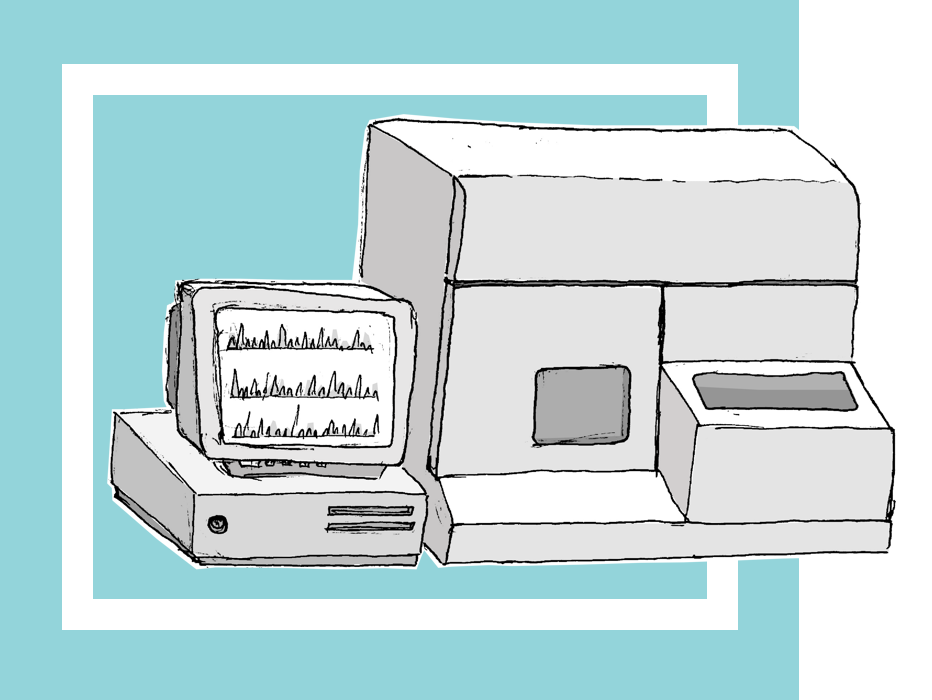
TOM: I think the computer programming analogy has a whole set of positives, but negatives as well. I think the most important part of that, which is one I think that people understand fairly well, is that the DNA code really is digital and that you can definitely edit it, you can sequence it, you can pin it down in a very specific way. Where the analogy breaks down very thoroughly is that computers are thought of as doing one thing at a time. Biology rejects that idea very thoroughly. There’s a zillion things happening. By and large, that is a huge difference between how computers function and how cells function. If you’re writing a program, you get to stop the program. You get to say, what is happening at this specific point in the program? That isn’t an option in the biological world.
The other thing that’s happening in the computer world is that, relatively speaking, everything works in such a stable, predictable manner. Google Meet has stayed up for this whole time. That was not a guarantee.
SARAH: That’s one thing I’m jealous of. As much as we can complain about it, the infrastructure in software engineering is so much better. There are operating systems. There are laptops. There are all these things that allowed them to work at a high level of abstraction. In biotech, we don’t have that infrastructure. I’m not sure there ever will be. It’s a point I like to think about: what can I leave behind, or what can I build, that will enable someone else to stand on my shoulders when they go forth to do something better than I could imagine?
TOM: Yeah. That is a lot of what Ginkgo is trying to do. Much of the infrastructure we’re putting in place is aimed exactly at making it easier for people to start companies, to get off the ground quickly. I think we’re beginning to see some leverage there. If you look at our recent partnership with Synlogic, they really have I think quite successfully outsourced a lot of their organism engineering to Ginkgo. So far, it has been very, very successful, both for them and for us.
SARAH: Infrastructure is so essential. Everybody loves the highway, if you pave it.
TOM: One of the things I think that perhaps emerges out of some of the success we’re having at Ginkgo is that there’s an opportunity to speed up some of the paths that might otherwise be unsustainable because of the five-year time horizons of many investors. Our platform technology means that it can take two years rather than five years. That really makes a huge difference.
SARAH: I can’t imagine anything I’d rather be working on honestly. There’s no niche on this planet that only has one species in it, no matter where you look. Even if it started with one, they’re going to differentiate into two to share the burden. Nature has told us a gazillion times that single species ecosystems don’t work, from boardrooms all the way down to plutonium mines. We have to share. We have to respect each other’s expertise, each other’s perspectives. We have to make an ecosystem, absolutely. That means respecting the way they are already.
TOM: Exactly.
